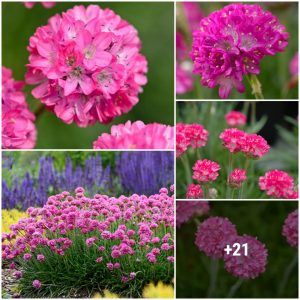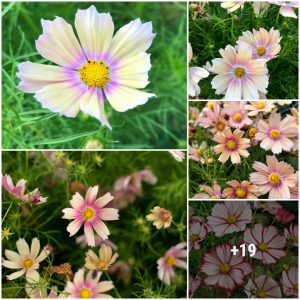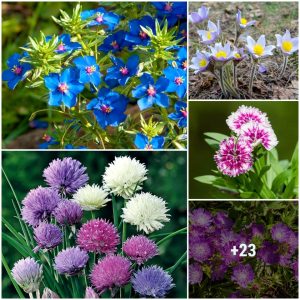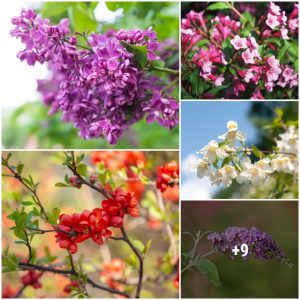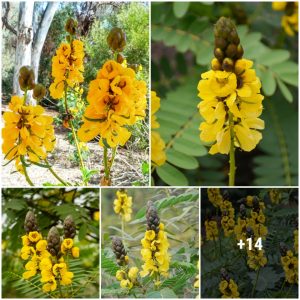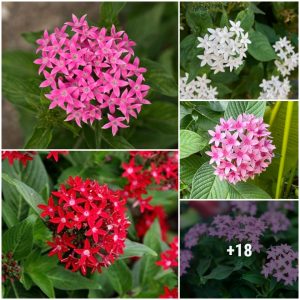
Roses are the most popular flower in the United States. In 1986, they were even named as the nation’s official flower!
With their widespread familiarity, the casual observer might think that there’s not much about roses that can be learned. The truth is surprisingly complex and nuanced. To start with, there are three major categories of the plant: wild, old garden, and modern garden roses.
The rose is a woody perennial of the genus Rosa, represented by over 100 distinct species. We’re not here to list every single breed just yet; this article is designed to give you a firm grasp on the major categories of this important flower. To that end, we aim to break down the major differences between standard and garden roses, and explain what sets wild roses apart.
Wild Roses

These are the ancestors of every cut flower rose you’ll see today. These varieties are untouched by human interference, growing as naturally as they were millennia ago. Wild roses typically appear as large climbing or shrub-like plants with single flat flowers blooming in spring, with seeds following in autumn. It might be useful to picture these flowers are the wolves to garden roses’ dogs. They share many of the same characteristics, but without the precise hybridization and cultivation from generations of human hands, they’re remarkably distinct.
Wild roses are never used as cut flowers, but may be seen growing in many gardens. The plant bodies are often sprawling growths, with the flowers themselves appearing in light sprinklings atop the greenery. Being wild, they are relatively uncouth and less manageable than their hybridized descendants. This is the major reason you won’t see wild roses at your local florist! Still beautiful, the bulbs are not as refined, full, or expressive as garden variety roses.
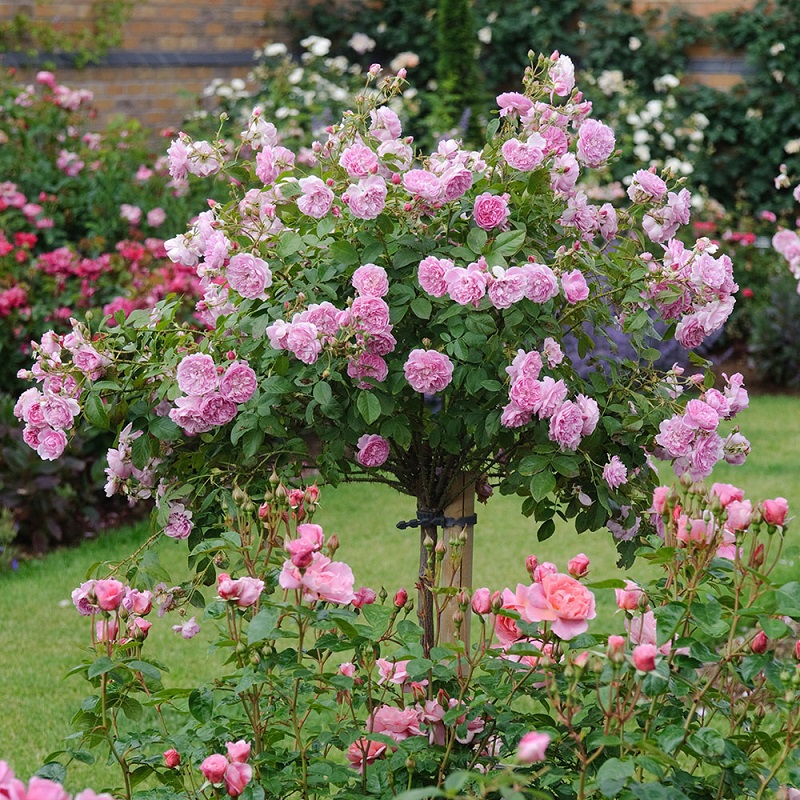
Knockout Roses
The Knockout rose was introduced in the year 2000 by Wisconsin rose breeder William Radler. This kind of rose is bred to be very cold-resistant and heat-resistant while still being a gorgeous plant with tons of blooms. Knockout roses are cold-resistant to Zone 5, and heat-resistant anywhere in the US.
Knockout roses come in 7 different varieties, and can vary in color from cherry red, to peachy pink, to soft yellow. The huge number of gorgeous flowers this bush will produces makes it ideal for gardening and landscaping, as it adds a very colorful touch. When planted individually, they make an amazing centerpiece for a flowerbed. When planted in groups, Knockout roses create a gorgeous hedge or background of color.
The Knockout family of roses is stunning, yet doesn’t require special care because of its hardy constitution, making it the most widely sold rose in North America. These flowers are disease resistant, so you’ll never have to worry about that. Pruning in early spring after the last frost is recommended to get the most out of Knockout roses. Watering when needed, using your regular rose food, and some winter protection is all you need to make sure your Knockout roses stay healthy and happy.
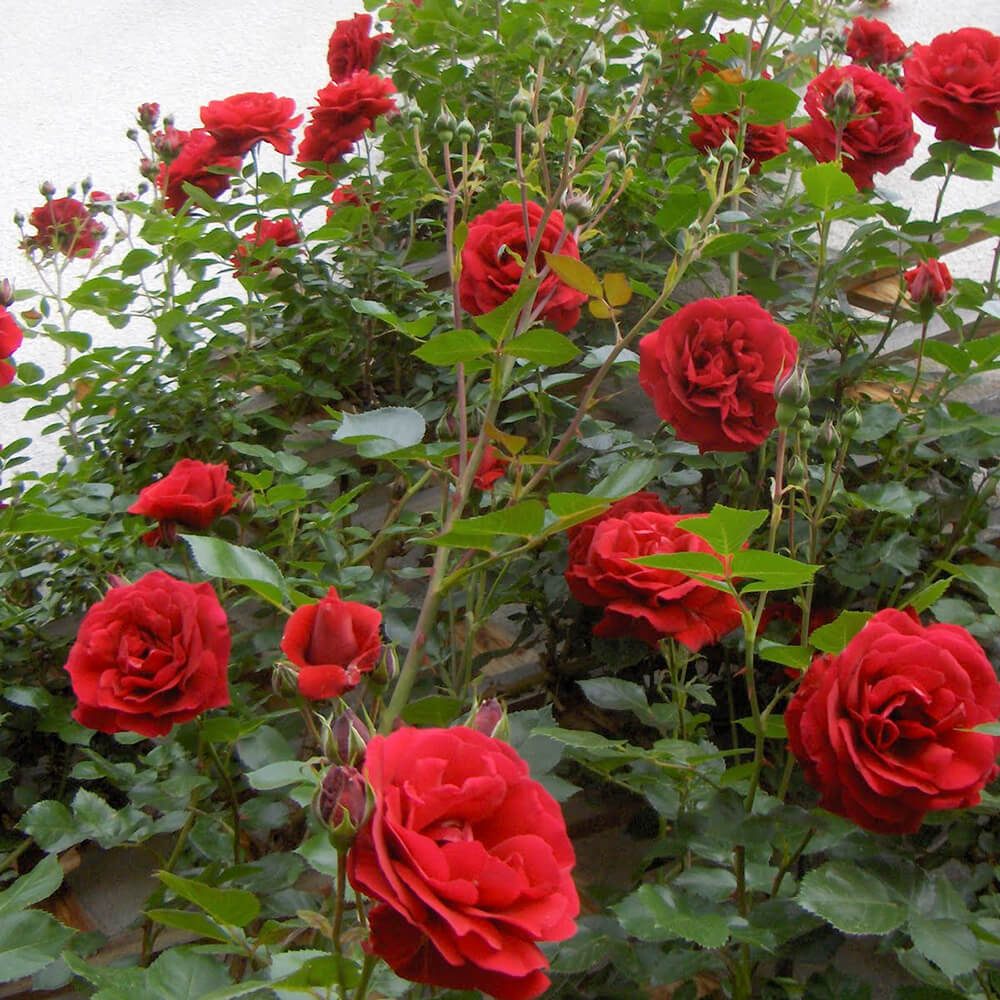
Sometimes referred to as heritage roses, old garden species are those that were popular before the 20th century. Many breeds bear a striking hardiness, able to withstand colder winters and diseases. With a plant meant to add attraction to your garden, it’s important to count resilience as a trait. Old garden roses are often more potently fragrant than modern counterparts, and will often appear with noticeably denser petal layers. While not all old garden breeds are as deeply petalled, certain species have been referred to as “cabbage” roses for their multifold layers and rounded shape.
With the often increased fragrance and petal count, the cup-shaped blooms distinguish themselves further with a ruffled, layered appearance. This allows them to become a popular stand-in for peonies in arrangements, when the peonies are out of season. The one major disadvantage of old garden roses is their diminished vase life. They simply won’t last as long, once cut, as their modern successors, thriving at most a week in comparison to the latter’s two full weeks, proper care and handling granted.
Modern Garden Roses

Here we have the flowers that you’re probably picturing when asked about roses. The most impressive subclass of modern roses are hybrid tea roses, which can continually bloom throughout the season. In contrast, the old garden forebears will bloom but once a year.
Generations of specific and complex breeding practices have brought us larger bloom sizes and extended vase life, often at the cost of distinctive fragrance. The flowers may be more visually stunning, but they simply don’t smell as powerfully pleasing as their ancestors. As we mentioned with wild roses, the human intervention of hybridization has brought reduced hardiness and disease resistance to the world of modern roses. The upshot, of course, is that there are few flowers in the entire world as prized and beloved for their beauty as modern roses.
While we could spend hours discussing the vast multitudes of individually interesting species of rose, we hope that this brief overview of the major factions has been enlightening. Roses have been cherished for centuries, and with a little background knowledge, it’s easy to see why. We are fascinated with their beauty, complexity, and strength, and continue to juggle these three aspects as the flower has evolved.
